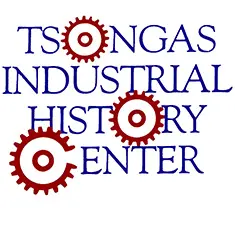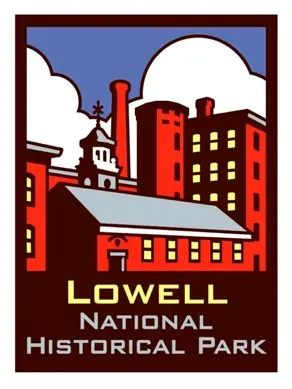Cotton, Cloth, and Conflict
This activity is an excerpt from our curriculum packet, "Cotton, Cloth, and Conflict: The Meaning of Slavery in a Northern Textile City" (appropriate for grades 8-12). Using this collection of primary source materials and related activities, students investigate the relationships between the industrial North and plantation South before the Civil War.
Activities Using "A Mile of Girls" from the Voice of Industry:
Write a remonstrance (an argument) against the extension of slavery, from the point of view of a female textile mill operative.
Role-play a factory manager confronting a mill operative who is attempting to circulate a petition arguing for a ten-hour workday.
Role-play a discussion between two mill operatives: one who is active in the fight against the extension of slavery and one who is active in the fight for better working conditions in textile mills.
Excerpt from the Voice of Industry Dec. 26, 1845
Voice of Industry (1845-1847) was a labor newspaper whose stated aim was "to promote the great principles of universal love, charity, good-will, just, equal and productive industry among mankind." In 1846 the paper was taken over by the Lowell Female Labor Reform Association, and its first editor was Sarah Bagley. Like many newspapers of the time, Voice frequently reprinted articles from other newspapers.
A MILE OF GIRLS. . . The women of Lowell, God bless them, who have signed the remonstrance against the extension of slavery [into Texas], if they were to join hand in hand, would stretch more than a mile. Probably not a few of them are the young women, called "white slaves" at the South, who work in the factories. They have signed the remonstrance from no selfish calculation, but from pure, heaven-inspired sympathy for the oppressed slave.
- Strafford [NH] Transcript.
Yes "God bless" the factory girls of Lowell. . . we rejoice to see them enlisted in the great and good cause of emancipating the oppressed slaves of the South. . . . We feel it is our duty to question [why textile manufacturers] circulate remonstrances against the extension of black slavery at the South, while thousands of the fair daughters and noble sons of New England, are daily confined from 12 to 14 hours within the prison walls of our noisy, health-destroying and humanity-degrading mills, under their immediate supervision. Why can such articles find free access into the mills, and be urged upon the sympathy of the operatives, while ten-hour petitions and everything calculated to lessen the hours of labor and ameliorate the condition of those who have been drawn from the homes of their childhood by pinching necessity, [or by] anticipated good or false inducements, to seek employment in the factories, are tyrannically forbidden, and the individual who attempts to offer anything of the kind is driven from the premises as a lawless intruder?
Study Questions:
What two kinds of "remonstrances" or protests does this article mention?
Which type of remonstrance or protest did the textile manufacturers forbid? What specific complaints, according to this article, were the mill operatives trying to express?
In 1846, less than a year after this editorial appeared, mill workers fighting for a ten-hour work day sent to the Massachusetts legislature a 130-foot-long petition signed by 4,500 people. If it is true that petitions were "tyranically forbidden," how do you suppose the workers managed to get so many signatures?


